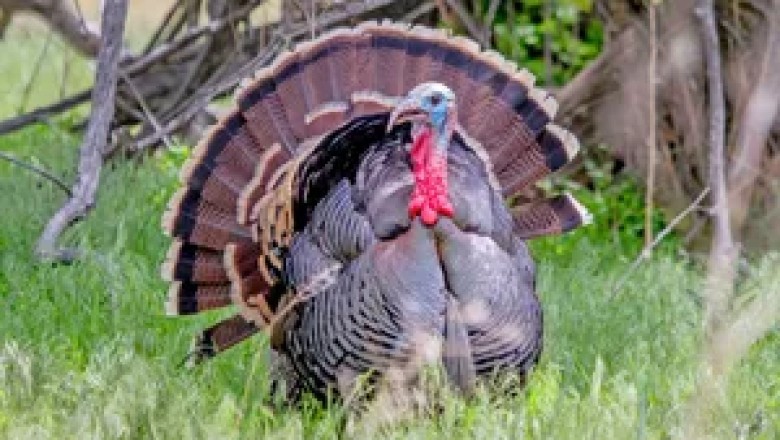
views
🦃 Gobble, Grit, and Glory: The Wild World of Turkeys
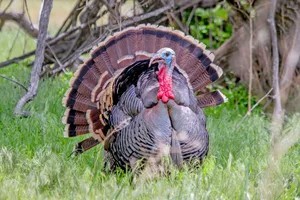
They strut. They gobble. They photobomb trail cams with the confidence of runway models. Turkeys—those feathered icons of fall feasts and forest floors—are having a moment. Once dismissed as awkward and ungainly, these birds are now the stars of viral videos, backyard encounters, and even scientific studies. From their bizarre behaviors to their surprising intelligence, turkeys are proving they’re more than just a punchline—they’re a phenomenon.
📸 The Rise of the Turkey Meme
It started with a single photo: a wild turkey staring directly into a security camera, its beady eyes and puffed feathers giving off serious “boss of the backyard” energy. Within hours, the image was everywhere—on social media, in group chats, and even as a meme captioned “When you realize Thanksgiving is about you.”
Since then, turkeys have become the unexpected darlings of wildlife photography. Trail cams across North America have captured them in all their glory:
-
Turkeys photobombing deer with a look of judgment.
-
Turkeys mid-strut, feathers fanned like Vegas showgirls.
-
Turkeys chasing joggers, cyclists, and the occasional mail carrier.
These images aren’t just funny—they’re a reminder that turkeys are bold, curious, and not afraid to make their presence known.
🧠 Smarter Than They Look: Turkey Intelligence
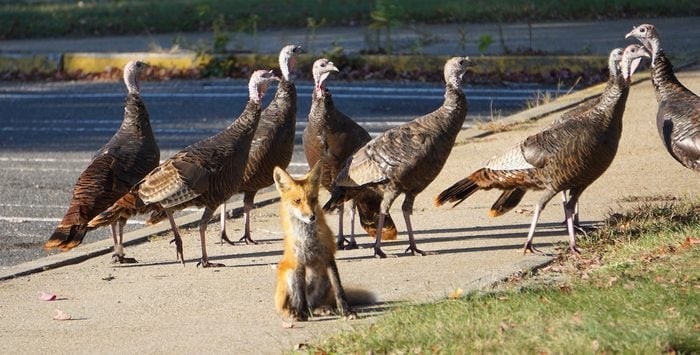
Despite their reputation, turkeys are surprisingly intelligent. Wild turkeys, in particular, exhibit complex social behaviors and problem-solving skills. They can:
-
Recognize individual humans and other animals.
-
Navigate large territories using memory and landmarks.
-
Communicate using over 20 distinct vocalizations.
-
Establish hierarchies through displays and subtle cues.
In fact, researchers have found that turkeys can remember the faces of people who feed them—and those who don’t. One study observed a group of turkeys avoiding a particular researcher who had once startled them, while eagerly approaching another who regularly offered food.
🦃 The Strut: More Than Just a Dance
The turkey strut is one of nature’s most theatrical displays. When a male (called a tom) wants to impress, he fans his tail feathers, puffs out his chest, and begins a slow, deliberate march. His snood (the fleshy bit that dangles over his beak) elongates, and his head turns bright blue or red, depending on his mood.
But this isn’t just for show. The strut serves multiple purposes:
-
Attracting mates: Hens are drawn to the most confident, symmetrical strutters.
-
Establishing dominance: Toms use the strut to intimidate rivals.
-
Signaling health: Bright colors and full plumage indicate good genes.
It’s a performance that combines beauty, bravado, and biology—and it’s mesmerizing to watch.
🏙️ Urban Turkeys: Feathered Rebels in the Suburbs
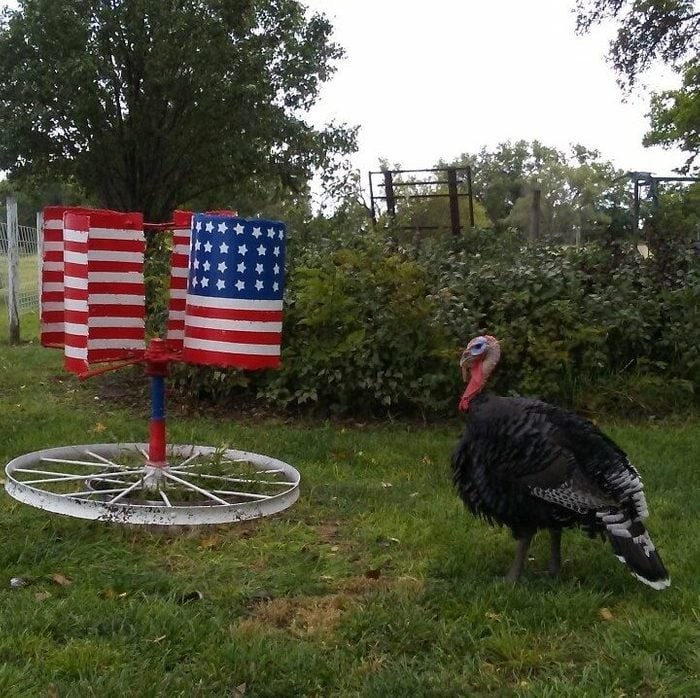
In recent years, wild turkeys have been spotted in some unlikely places: downtown Boston, suburban Chicago, and even the streets of San Francisco. These urban turkeys have adapted to city life with surprising ease.
They roost in trees, forage in parks, and occasionally halt traffic with their slow, deliberate crossings. Some have even become local celebrities, with names like “Tommy the Terror” or “Henrietta the Hoodlum.”
But not everyone is thrilled. Urban turkeys can be aggressive during mating season, and their droppings are, well, prolific. Still, many residents have embraced their feathered neighbors, seeing them as a quirky part of the local ecosystem.
🐣 Turkey Parenting: Fierce and Focused
Turkey moms (hens) are fiercely protective. After laying a clutch of 10–14 eggs, a hen will incubate them for about 28 days, rarely leaving the nest. Once the poults hatch, she leads them on foot—no flying yet—through fields and forests, teaching them how to forage and avoid predators.
Poults are vulnerable to everything from hawks to raccoons, but with a vigilant mother and a bit of luck, they grow quickly. By 2 weeks old, they can flutter into low branches. By 8 weeks, they’re flying short distances. And by fall, they’re full-fledged members of the flock.
🍂 Thanksgiving Myths and Turkey Truths
Let’s bust a few myths:
-
Turkeys can fly: Wild turkeys are strong fliers, capable of bursts up to 55 mph. It’s domestic turkeys—bred for size—that can’t get off the ground.
-
They don’t drown in the rain: The old tale that turkeys look up during rainstorms and drown is false. They’re not that clueless.
-
Ben Franklin didn’t want the turkey as the national bird: He admired the turkey’s courage but never formally proposed it over the bald eagle.
Still, the turkey remains a symbol of American tradition—one that’s far more complex than its holiday reputation suggests.
🎥 Turkeys in Pop Culture
Turkeys have strutted their way into pop culture in unexpected ways:
-
Movies: From “Free Birds” to “Addams Family Values,” turkeys often play the comic relief.
-
TV: The infamous “WKRP in Cincinnati” turkey drop episode remains a cult classic.
-
Social media: TikTok is filled with turkey influencers—yes, really—showing off their daily antics.
One viral sensation, a turkey named Kevin, amassed over 500,000 followers for his habit of knocking on his owner’s door every morning for snacks. His fans call him “the feathered alarm clock.”
🌎 Conservation and Comeback
Wild turkeys were once on the brink of extinction in the early 20th century due to overhunting and habitat loss. But thanks to conservation efforts, including regulated hunting and habitat restoration, their numbers have rebounded dramatically.
Today, wild turkeys are found in every U.S. state except Alaska. Their comeback is considered one of the greatest wildlife success stories in North America.
However, challenges remain:
-
Habitat fragmentation threatens nesting and foraging grounds.
-
Climate change affects food availability and breeding cycles.
-
Human-wildlife conflict increases as turkeys move into urban areas.
Ongoing conservation efforts focus on education, habitat protection, and responsible wildlife management.
🧘 Turkey Zen: What We Can Learn from Them
There’s something oddly meditative about watching turkeys. Their deliberate movements, their communal foraging, their sunbathing sessions with wings outstretched like yoga poses—it’s a reminder to slow down.
Turkeys live in the moment. They don’t rush. They don’t multitask. They gobble, strut, and soak in the sun. In a world obsessed with speed, perhaps we could all use a little more turkey energy.


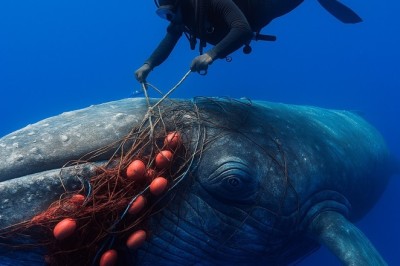


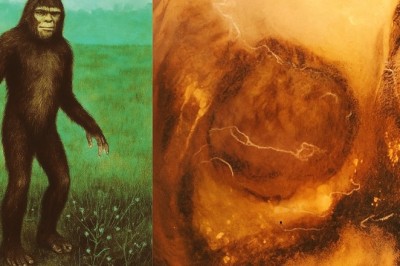



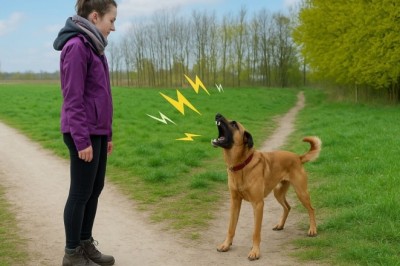
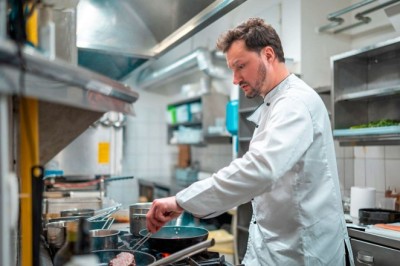
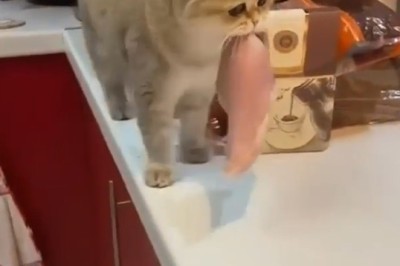
Comments
0 comment